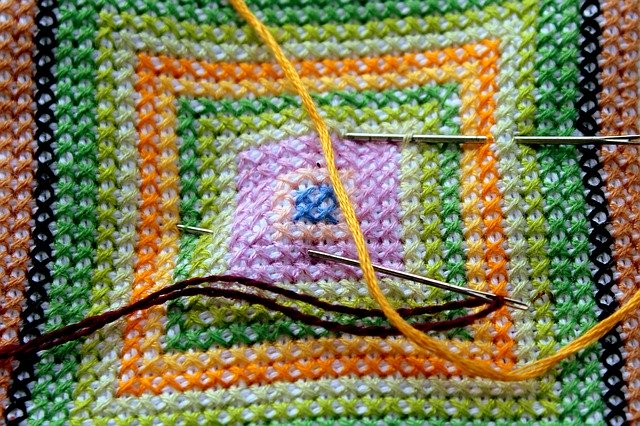Digitizing is what you call the process of converting current patterns and artwork into embroidery files. The embroidery file is then used on an embroidery machine that can read the file. The embroidery machine will then sew the stitches, forming the design that was defined in the embroidery file. Quite simply, embroidery digitizing is the process of using software that transforms designs to be used on an embroidery machine, which uses it as the basis for the right way to sew a specific design.
Even though this description is quite straightforward, there is more to it than just that basic description. There are certain rules that one should follow when doing the embroidery digitizing process. You should be familiar with the machine that you will be using, in addition to knowing the ins and outs of the digitizing software utilized for the task. Additionally, you should be familiar with the proper type of stitches and their direction. All of that and more will be discussed in this article, so stay tuned if you are interested. Without further ado, let’s start:

- Anyone can work as a digitizer even if they are not creative
A lot of people think that since embroidery digitizing involves artworks and patterns, people need to be creative or artistic so that they can properly do the job. However, that is not required at all. Everyone can be a digitizer, even people with not a single creative bone in their body. This is because as a digitizer, you will not be doing the patterns yourself. All you will do is convert them into a file that is readable by an embroidery machine. That process in itself does not require people to be creative, although it require having technical knowledge of how the embroidery machine and the digitizing software works.
Keep in mind that provided that you are aware of the fundamental principles of digitizing, it can be done with ease even without having an artistic side. It is similar to tracing, however, you will be tracing stitch patterns. Even people who cannot draw can easily work as a digitizer provided that they undergo proper learning and training for it. This leads us to the second point…
- The time required to learn embroidery digitizing
Similar to various other activities, the quantity of appropriate training and the results that you will get is directly tied in your interest and time invested in learning embroidery digitizing. You should know stuff such as underlay joints, have a knowledge of the basic kinds of stitches, stitch density, and more. Every single one of those things is important factors that need to be considered if you are trying to learn the art of embroidery digitizing. It will take hours of work before you will be ready to digitize on your own, but as long as you work hard and have some good materials, you can do it.
The most important thing to keep in mind is that similar to painting like a professional, digitizing basically demands your persistence, as well as the presence of a good teacher. Online lessons can work as well as physical coaching, so if you can’t find somebody practicing embroidery digitizing in your area, you can try looking for one on the internet.

If you want to get an embroidery digitizing service with excellent artwork & competitive prices, you might want to outsource that task to firms dedicated to that service. There are a lot of benefits to outsourcing machine embroidery digitizing, such as not having to buy dedicated equipment, not having to train your staff for the complicated process, and more.




